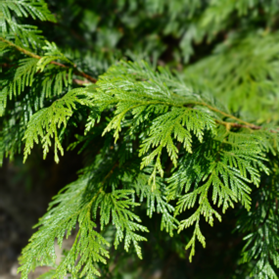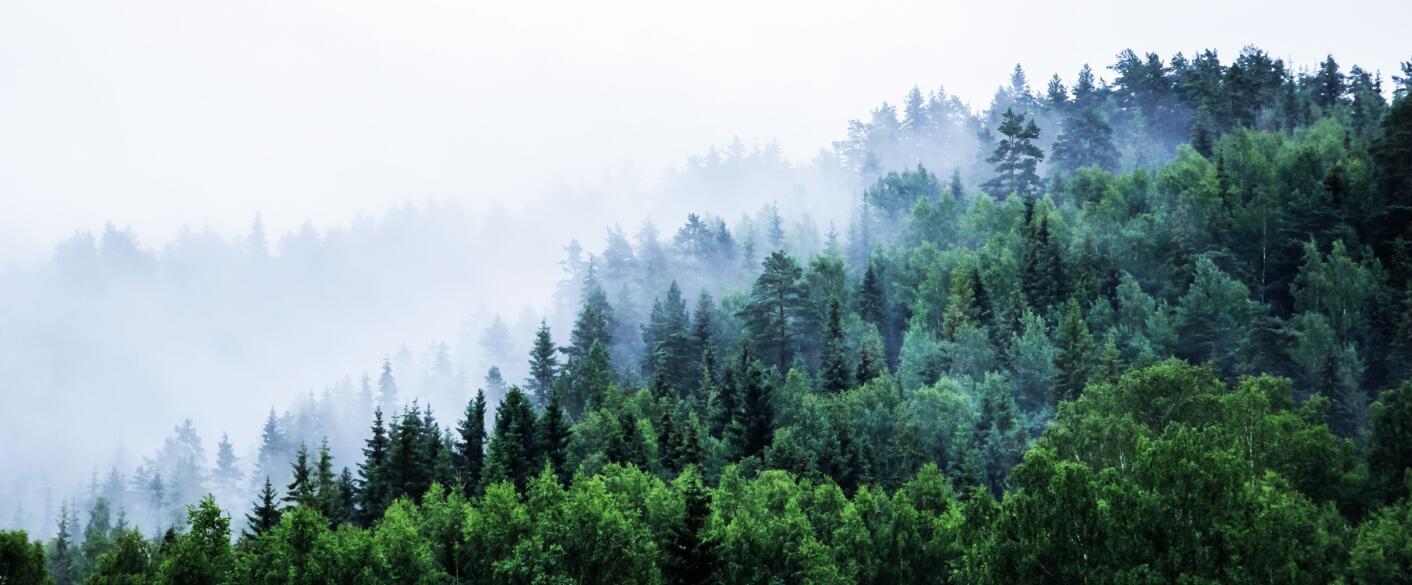Wood cladding is highly valued for its naturalness and aesthetic appeal. Used in both new build and renovation projects, timber cladding requires special care to preserve its aesthetic appeal over time.
As a living material, wood naturally and unevenly turns grey if it is not protected by a finish.
Natural greying and maintenance of wood cladding, follow all the advice from Sivalbp, the wood cladding specialist.
Do I need to maintain my wood cladding?
Wood is a natural, living material. It has the advantage of developing a natural grey patina over time. This is why it is used for exterior cladding and wooden facades. If properly cared for, wood will give your home a high level of performance over time and add a warm touch to your home. The maintenance of your cladding depends on your tastes. Some people prefer to let the wood age, while others prefer to maintain it to preserve its original shine and colour. What's more, some types of wood do not require the same level of maintenance or are not affected by the effects of time in the same way. For example, species such as western red cedar, Larch or Douglas fir are naturally durable and more resistant to weathering.
Choosing the right type of wood for the job is the first key to a wooden façade that requires minimum maintenance. But choosing the right type of wood isn't the only criterion if you want your wood cladding to look good over time.
Maintaining your wood cladding
Wood cladding maintenance depends on the type of finish you want. Depending on your budget and your aesthetic choices, the maintenance of wood cladding will not be the same. If you dread the chore of cleaning, sanding and applying woodstain, varnish or saturator, you can opt for heat-treated wood cladding. This process provides optimum protection for your cladding. Over the years, the wood will lighten to a natural grey.
You should be aware that without special maintenance, regardless of the original wood species or the type of finish chosen (stain, varnish, saturator), your cladding will suffer the effects of time and take on a greyish hue. While some people accept the natural ageing of wood and its appearance, others want to revive the original aesthetic appeal of their cladding.
Should you let your wood cladding age naturally or restore its original colour?
If you don't want to maintain your wood cladding, or don't want to do so much, there are so-called rot-proof species. These are classified as weather-resistant. They have a class 3 rating, which means they can withstand humidity levels of over 20%. The best known are Larch, Douglas Fir and Red Cedar.
Although some types of wood are naturally rot-proof, it is still advisable to apply a preservative treatment to the boards of cladding beforehand, to increase their aesthetic durability. Carried out in the workshop, on the processing site, the aim of this preservative treatment is to protect the structure of the wood, which varies according to its putrescibility and degree of humidity.
Once you've decided on the type of wood you want, you need to choose the type of finish for your cladding, depending on the final look and finish you want for your wood façade.
As we saw earlier, unfinished wood cladding will naturally turn grey. If you want to delay this greying effect, you can opt for saturator-type finishes. At Sivalbp, we offer a range of saturators, from natural wood tones to pre-weathered or darker burnt wood tones for easy-care wood facades.








